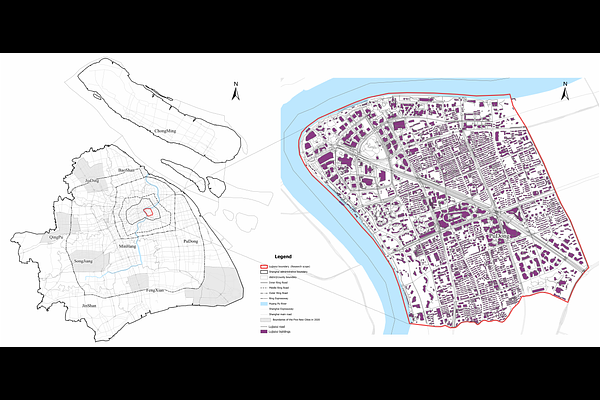A Study on Individual Spatiotemporal Activity Generation Method Using MCP-Enhanced Chain-of-Thought Large Language Models

A Study on Individual Spatiotemporal Activity Generation Method Using MCP-Enhanced Chain-of-Thought Large Language Models
Yu Zhang, Yang Hu, De Wang
AbstractHuman spatiotemporal behavior simulation is critical for urban planning research, yet traditional rule-based and statistical approaches suffer from high computational costs, limited generalizability, and poor scalability. While large language models (LLMs) show promise as "world simulators," they face challenges in spatiotemporal reasoning including limited spatial cognition, lack of physical constraint understanding, and group homogenization tendencies. This paper introduces a framework integrating chain-of-thought (CoT) reasoning with Model Context Protocol (MCP) to enhance LLMs' capability in simulating spatiotemporal behaviors that correspond with validation data patterns. The methodology combines human-like progressive reasoning through a five-stage cognitive framework with comprehensive data processing via six specialized MCP tool categories: temporal management, spatial navigation, environmental perception, personal memory, social collaboration, and experience evaluation. Experiments in Shanghai's Lujiazui district validate the framework's effectiveness across 1,000 generated samples. Results demonstrate high similarity with real mobile signaling data, achieving generation quality scores of 7.86 to 8.36 across different base models. Parallel processing experiments show efficiency improvements, with generation times decreasing from 1.30 to 0.17 minutes per sample when scaling from 2 to 12 processes. This work contributes to integrating CoT reasoning with MCP for urban behavior modeling, advancing LLMs applications in urban computing and providing a practical approach for synthetic mobility data generation. The framework offers a foundation for smart city planning, transportation forecasting, and participatory urban design applications.